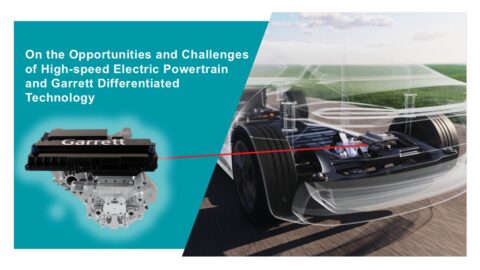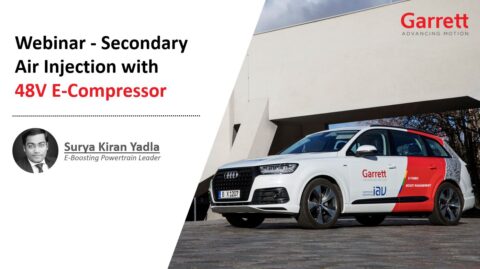What it does: This technology uses movable “gates” or “vanes” inside the turbocharger to better regulate airflow to precisely match the needs of the engine across engine speeds. This results in improved fuel economy and reduced CO2 emissions at nearly all engine speeds.
Why it’s innovative: It solves for the inherently higher temperatures associated with gasoline engines by adapting the variable geometry technology for modern gasoline engines that has been synonymous with diesel engines for nearly three decades. Garrett (Honeywell Transportation) and VW launched the first gas VNT engine in a cost-effective manner suited for high-volume production vehicles with best-in-class fuel economy.
















